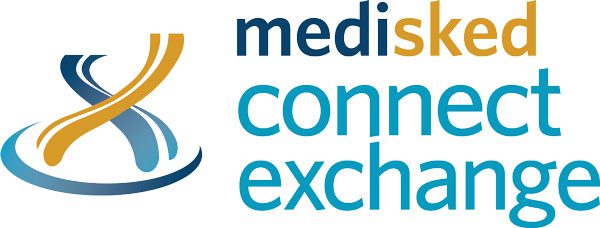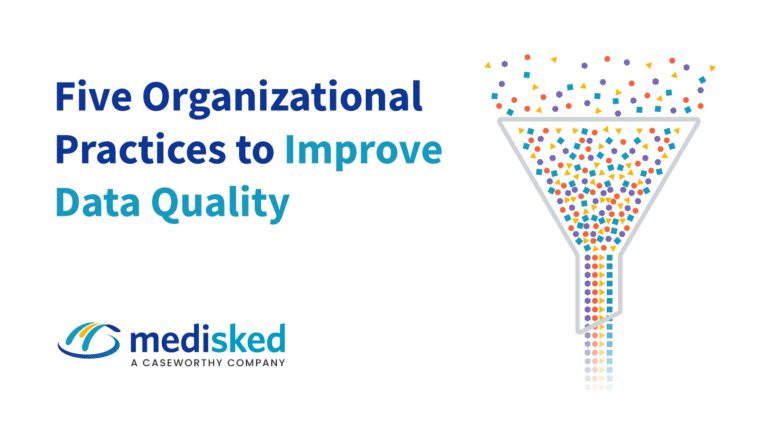
Home care aides, direct support staff, home health aides, personal care aides. Whatever title the employees you have that are on the front lines every day providing care to your customers, one thing is clear – having qualified and tenured employees at these positions is a gift. The biggest challenge we hear from our customers is the ability attract and retain good home care aides.
In a typical agency, they make up about 70 – 80% of the paid hands on care. According to the Paraprofessional Healthcare Institute, it is expected that 1.1 million additional direct care workers will be needed by 2018 – a 35% increase from today. That puts them as the 3rd fast growing occupation in America through 2018. But here’s the catch (and you already know this): according to the Institute of Medicine in a 2008 study, turnover averages around 90% of home health aides that leave their job after 2 years! We’ve come across agencies where that number is around 400%! We all know that this work is hard and low paying. The average salary, including part time workers, is only $17,000 a year. A lot of times home care aides or direct support staff are ill equipped to deal with the emotional and physical demands of working with the elderly or disabled. So with the success of your agency riding on the effectiveness of direct care workers, which the numbers suggest are stacked against you, how can you attract and retain employees? It is going to be vital as the statistics point to the demand for these workers growing considerably over the next decade. If your agency can become focused on this effort it stands a good chance for growth and prosperity.
So what’s the magic bullet? Well, as you know there is no shortcut or easy way to attract and retain help. It can happen, but it takes time and it should be centered around employee development and training. Growing the skills of direct care workers is the key. Investing in training and development will make your staff more confident, it will lead to them earning certifications that can increase their pay and make them more valuable to your agency and it increases their awareness of career advancement. (On a side note, a technology implementation, when done properly is a great initiative to grow a segment of your direct care staff to be technology experts at your agency and potentially allow for a new career path at the agency.)
A link at the end of this post goes to a report put out in 2011 by an organization called Jobs to Careers . In that report, they have some case studies about how more structured training programs increased the retention rate of home care aides.
A quote from the report states “Direct care workers honed their observation skills and gained a better understanding of residents’ health and emotional needs. They now play a stronger role in planning and carrying out service plans for residents, which creates the potential for more personal and sensitive care. As a result, residents have reported higher satisfaction with the care and services they receive. According to managers and supervisors at the participating facilities, direct care workers learned important skills and knowledge in a systematic and consistent fashion, as opposed to more ad hoc training they received in the past.“
At MediSked, we can attest to the fact that the agencies we see that put a premium on training and development of their staff are almost always seeing lower turnover rates. And naturally, implementations with our software run smoother. We will be the first to say that technology will only work if the people, processes and training programs are in place to run it.
With the demand for direct care staff going up and up every year, you really can’t afford to not make the investment.







